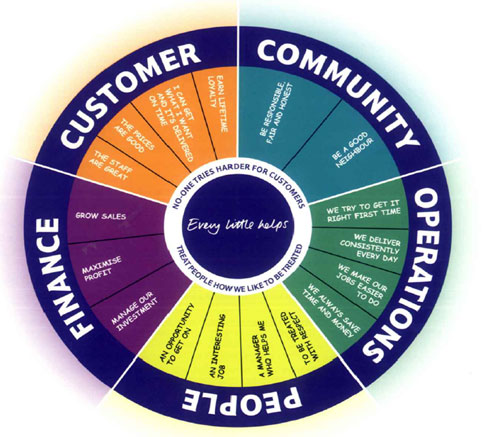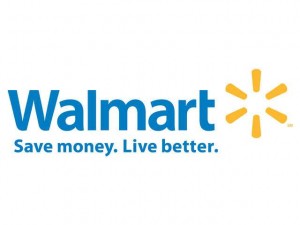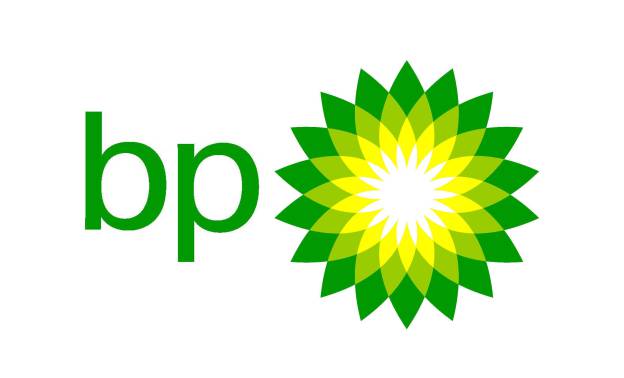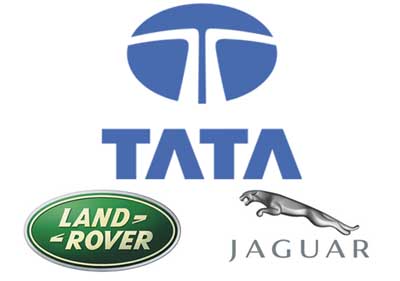In early 90’s Tesco faced a stiff competition from various other retailers in the industry and thus its revenues showed a downfall. At that point Tesco could not differentiate itself from the other competitors. Later under the leadership of then CEO Ian Mac Laurin it went through an image makeover, and acquired other retailing outlets like William Low; with which it reached just up to the sustenance mark. Later Terry took over as the CEO of the Company and aimed to make the company value driven.
Tesco in early 70’s had acquired a lot of other retailer companies but faced a problem of integrating them, more over Tesco stores were small and ill equipped.… Read the rest





